October is the most exciting time of year to watch our deer as they engage in fierce mating battles. The three largest species of deer (red, fallow and sika) all rut in the autumn and are easy to watch in parks and in the wild.
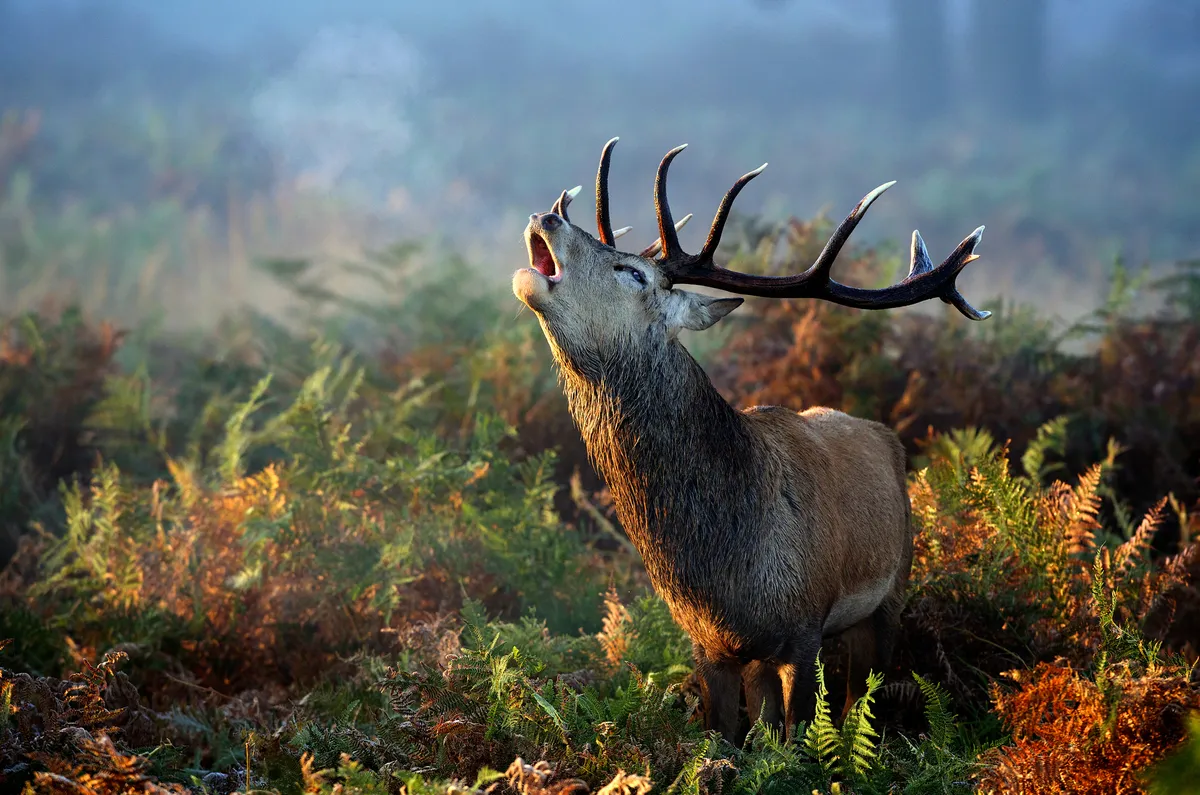
Rutting activity is most intense soon after dawn, though some activity occurs throughout the day. Deer are interesting to watch because their behaviour changes as the rut progresses.
But remember that male deer are pumped full of testosterone and highly aggressive; in parks, attacks on dogs are not uncommon and sometimes people are also injured. So don’t get too close.
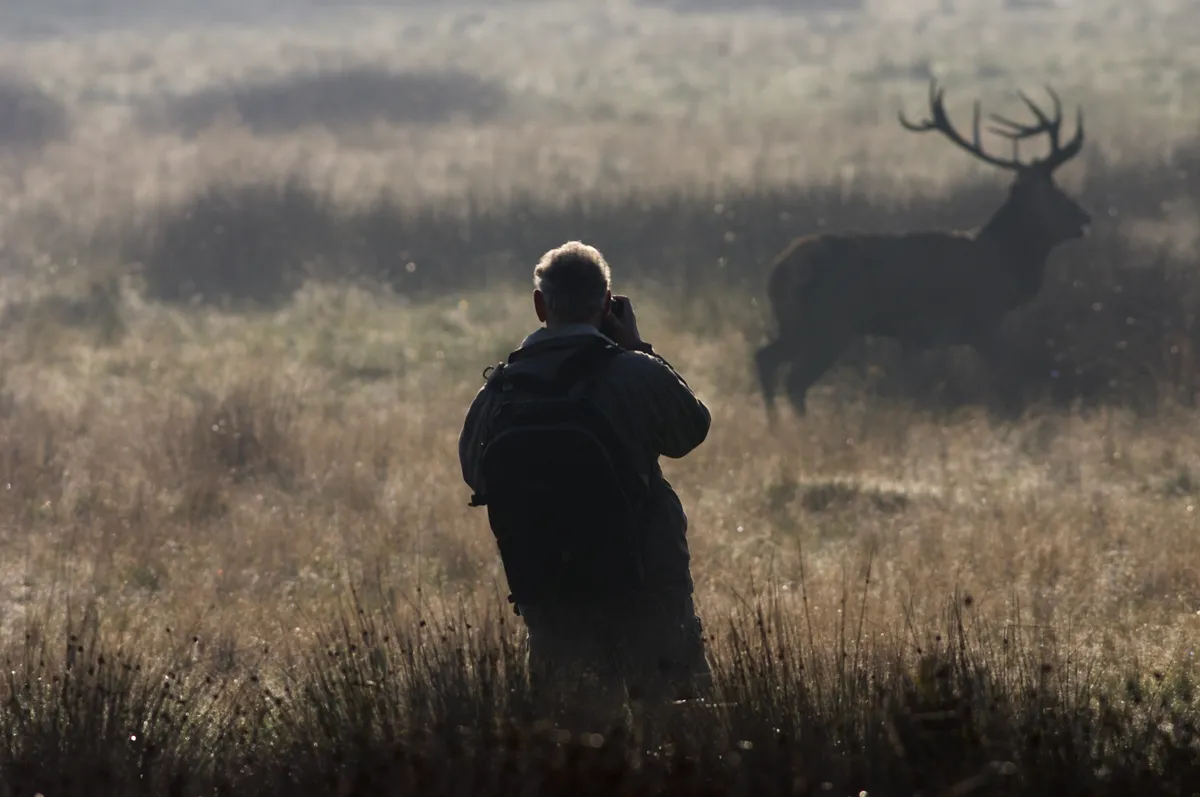
THE DEER AND THEIR MATING STRATEGIES
Red deer
For months leading up to October, sexually mature red deer stags have been preparing for the most important contest of their lives – access to a harem of fertile females. The fight starts vocally, and if this is not enough to ward off a competitor, rivals parallel-walk before locking antlers. Welcome to the red deer rut.
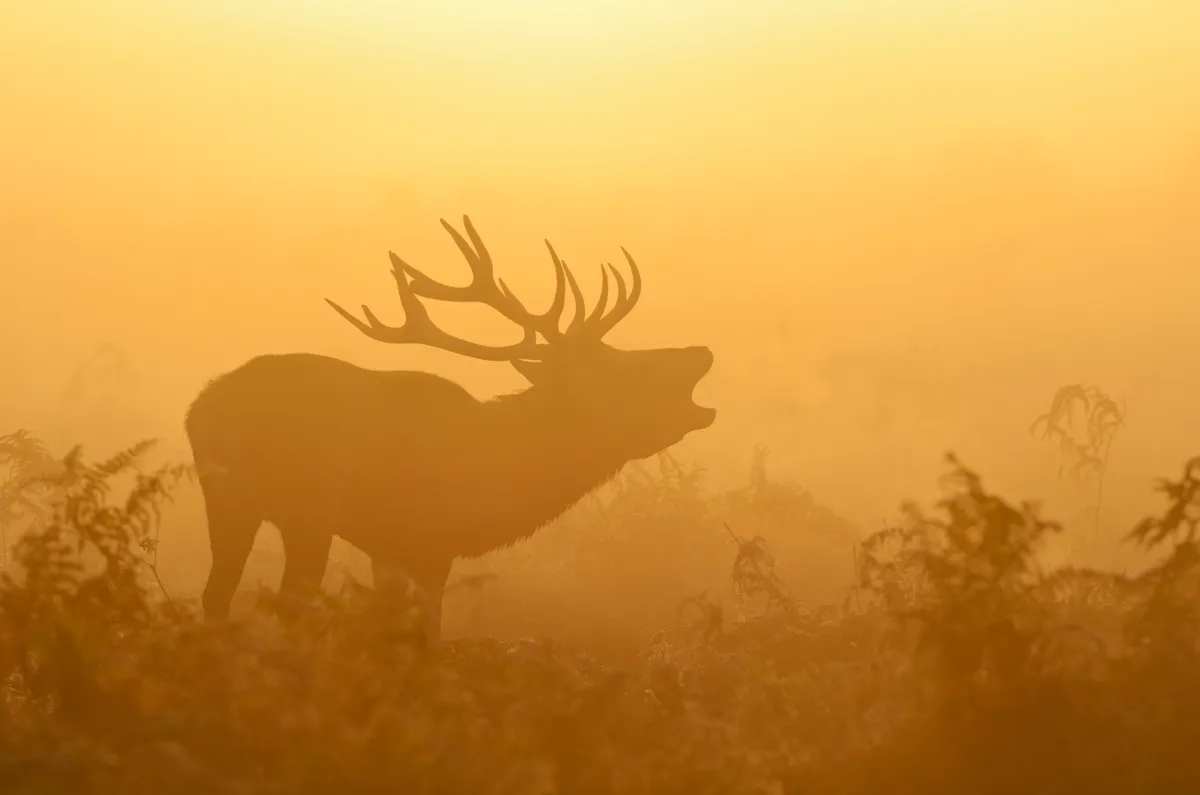
Rut activity peaks during the three hours after dawn and before dusk, so arrive early and be prepared to stay late. Approach downwind, use vegetation as cover, tread softly and avoid sudden movements. And always keep your distance - even in enclosed parks, these are large wild animals. As well as disturbing them and preventing them from exhibiting their natural predators, deer can be unpredictable and thus can pose a danger to humans.

- Of all the deer you can see in the UK, red deer most often form harems, with one large stag and several hinds.
- Stags often appear very dark from wallowing in their own urine – the odour helps bring hinds into oestrus.
- The biggest stags hold harems in the middle of the rut, when most of the hinds are in oestrus.
- Smaller stags on the edge of the harem try to mate with the hinds when the dominant stag is in battle or exhausted following a fight.
- Rival stags roar then parallel walk to assess their opponent’s size and strength. They may also thrash the ground so that vegetation caught up in their antlers makes them look larger.
- Fights are a shoving match, with each stag trying to gain the advantage by being uphill.
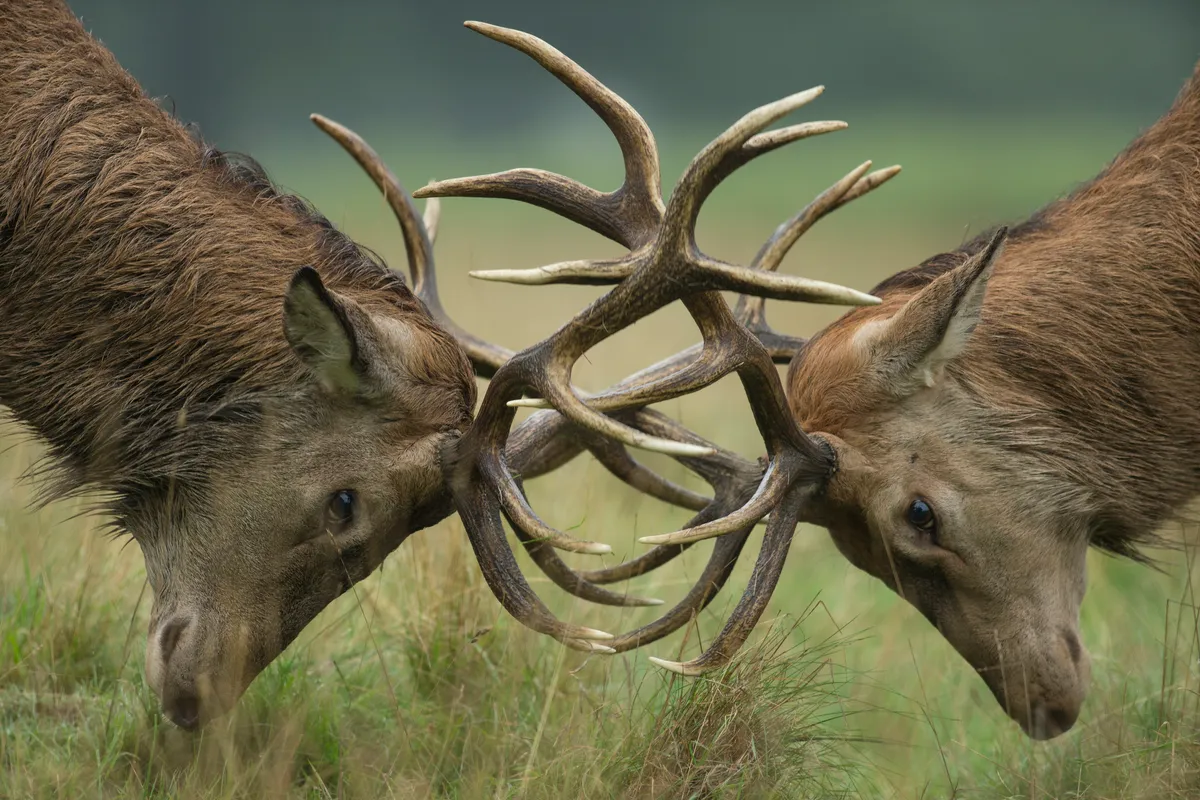
The best places to see rutting red deer in the UK
1
Cairngorms National Park, Scotland
Take a guided tour into the Braes of Glenlivet to watch rutting stags in a glen near Kymah Burn, as well as roe deer, red grouse and, possibly, golden eagles.
2
Isle of Arran, Ayrshire
The isle’s red deer number some 2,000, so you have a sound chance of a memorable encounter. Open moorland north of the String Road offers frequent sightings, and Lochranza Golf Course is good for close views.

3
Isle of Jura, Inner Hebrides
Red deer outnumber people on this isle by 30 to one, with roughly 6,000-7,000 deer. During the rutting season, the sounds of the roaring stags echoes between the hills.
A former Royal Forest, Exmoor National Park is known for its red deer, which have existed there since pre-historic times. There are currently about 3,000 red deer. Also look out for Exmoor ponies, a native British pony.
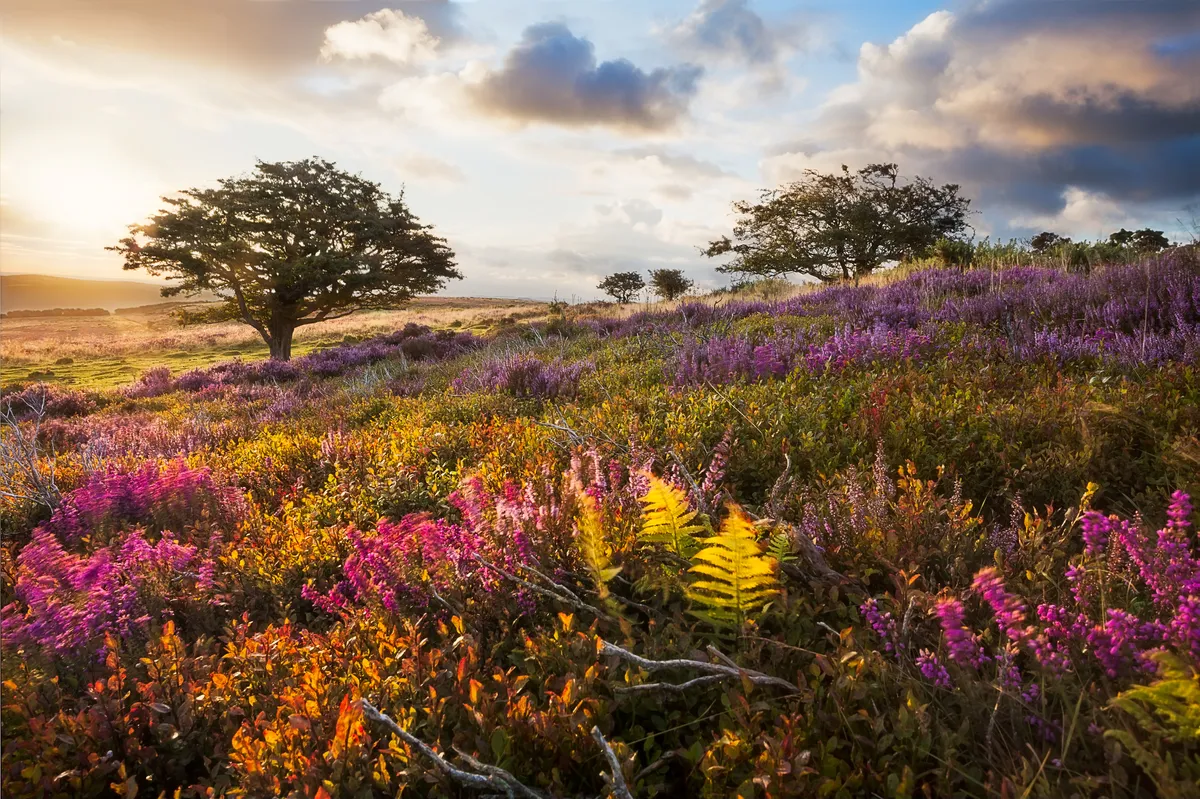
5
Westleton Heath, Suffolk
This National Nature Reserve is a large, open expanse with a range of species, including tree pipit and Dartford warbler.
6
Margam Country Park, Neath Port Talbot
Margam's three species of deer roam the two square kilometres. Originally fallow deer, red deer were introduced alongside the non-native Père David deer. The latter is an endangered species native to China and are part of a joint breeding programme with ZSL Whipsnade Zoo. The Margam herd currently consists of 300 fallow, 64 red and 34 Père David deer.
7
Royal Parks, Greater London
Though unequivocally less wild than the options above, at a deer park such as Richmond or Bushy Parks it is easy to photograph stags at close range among bracken-strewn woodland scenery. There are 630 deer in Richmond, including both red and fallow deer.
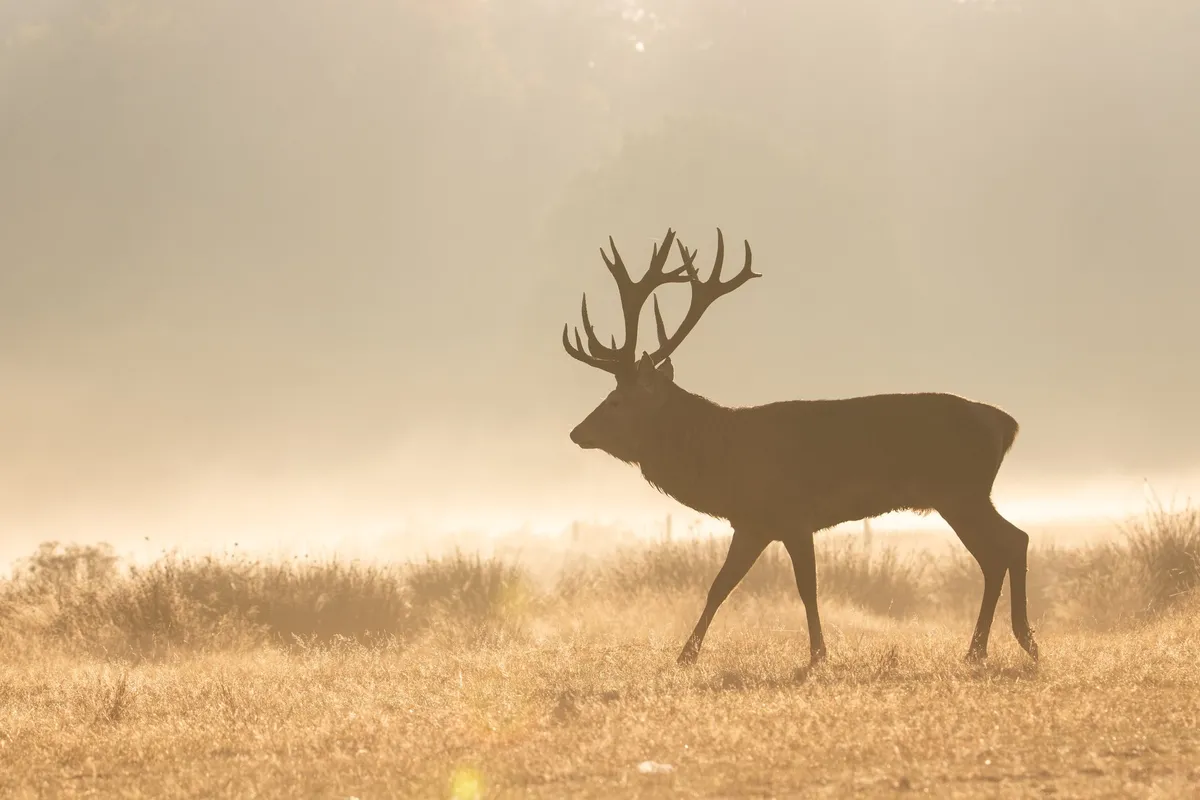
8
Foulshaw Moss, Cumbria
A lowland raised peatbog that was turned into an experimental forestry plantation and is now being slowly restored to its natural state by Cumbria Wildlife Trust. Red deer stags rut out in the middle of the moss around mid-October.
9
RSPB Minsmere, Suffolk
Deer rut on the heath here, and have starred in BBC's Autumnwatch. The RSPB run 4x4 safaris to see and photograph the deer.
10
Lyme Park, Cheshire
There have been deer at Lyme Park for over 600 years. During the rutting season, the rangers run an early morning walk to see the deer.
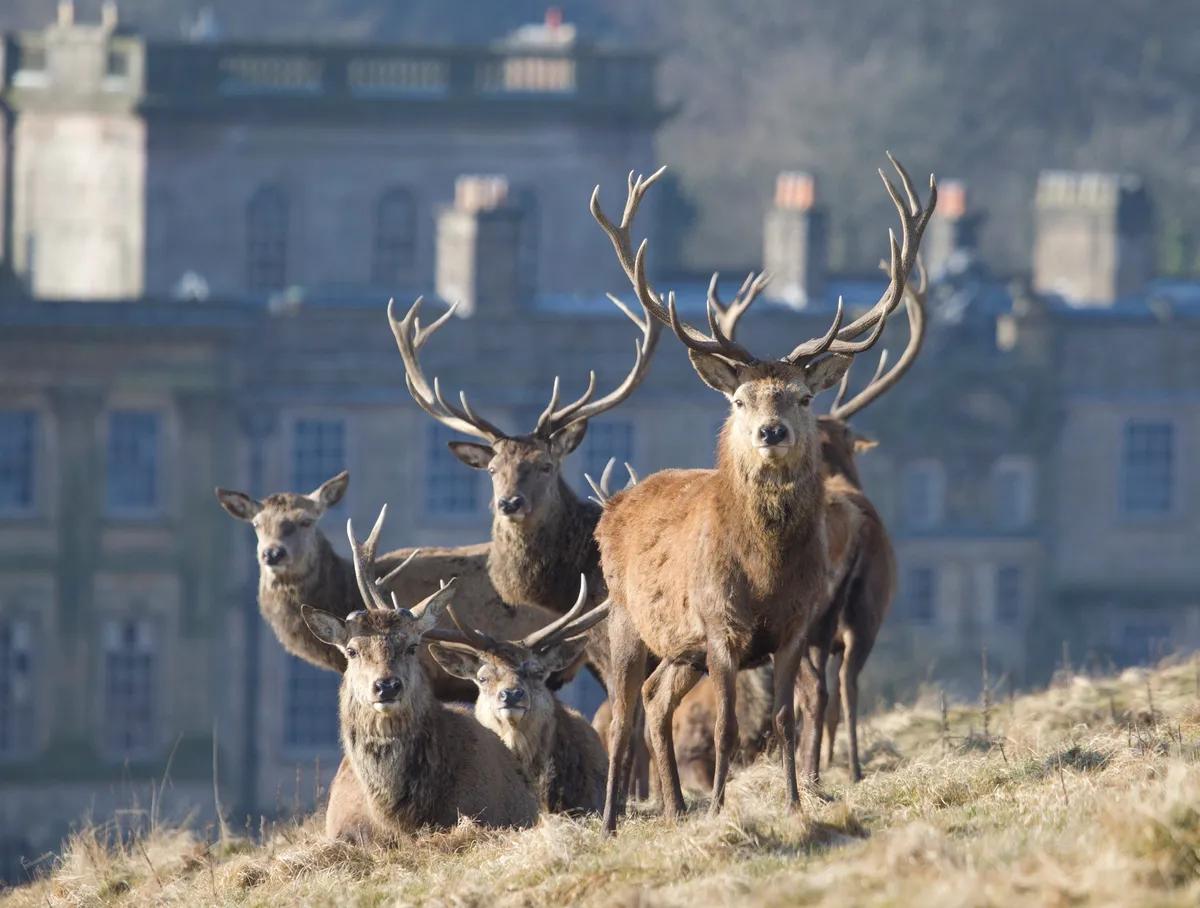
Fallow deer
- The mating strategy of fallow deer is very variable, depending on habitat, time of rut and deer density.
- Fallow deer may form harems with many does. Or there may be several bucks with a few does (as in a lek). Individual bucks may wait for does on a rutting stand under large (often oak) trees or pursue oestrous does.
- Fighting behaviour is similar to red deer.
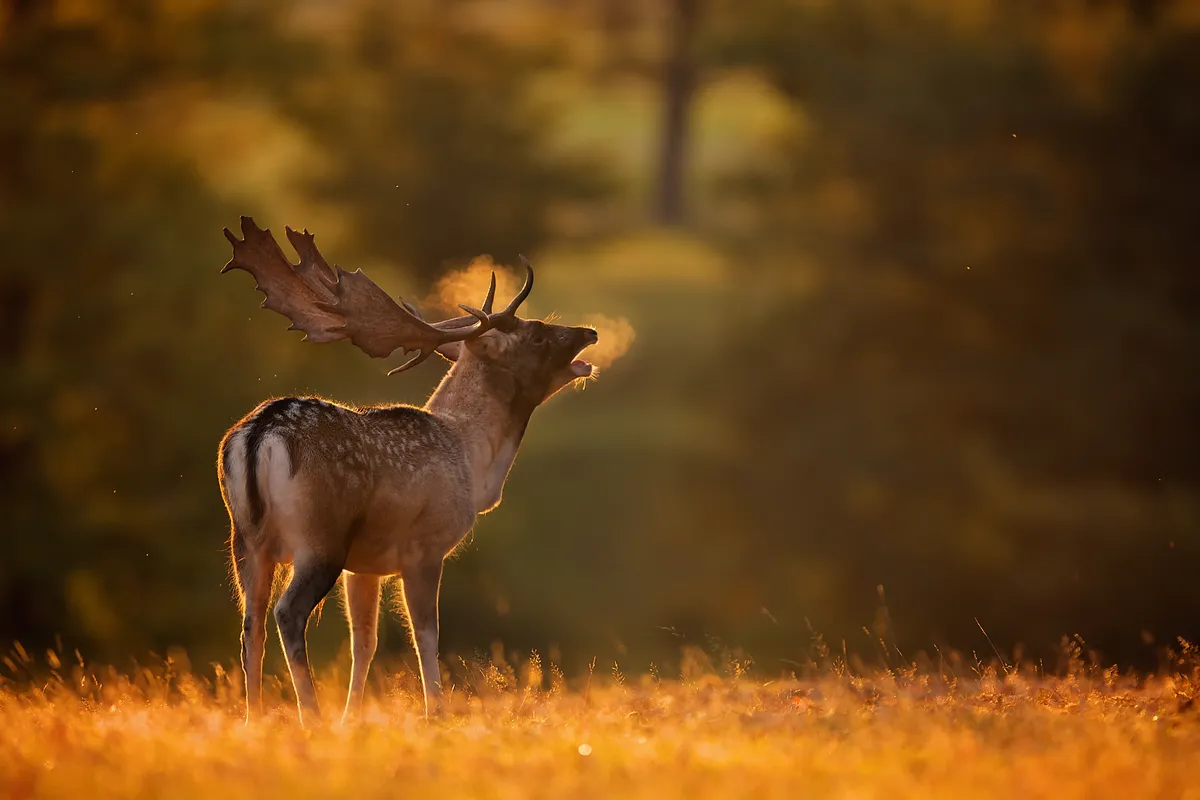
Muntjac deer
- Muntjac mate throughout the year and give birth seven months later.
- Unlike other deer, the bucks are fertile when growing new antlers.
- Adult bucks pursue oestrous does. They are often seen with their noses down, following a doe’s scent trail.
- When bucks fight, they click their cheek teeth, scrape the ground, parallel walk, then turn and use their long pedicles (bony stalks around the antler base) and antlers to shove and twist their opponents, trying to throw them off-balance.
- Their canine tusks are then used to slash the opponent’s neck, face and ears. The loser may also be slashed on his rump as he retreats.
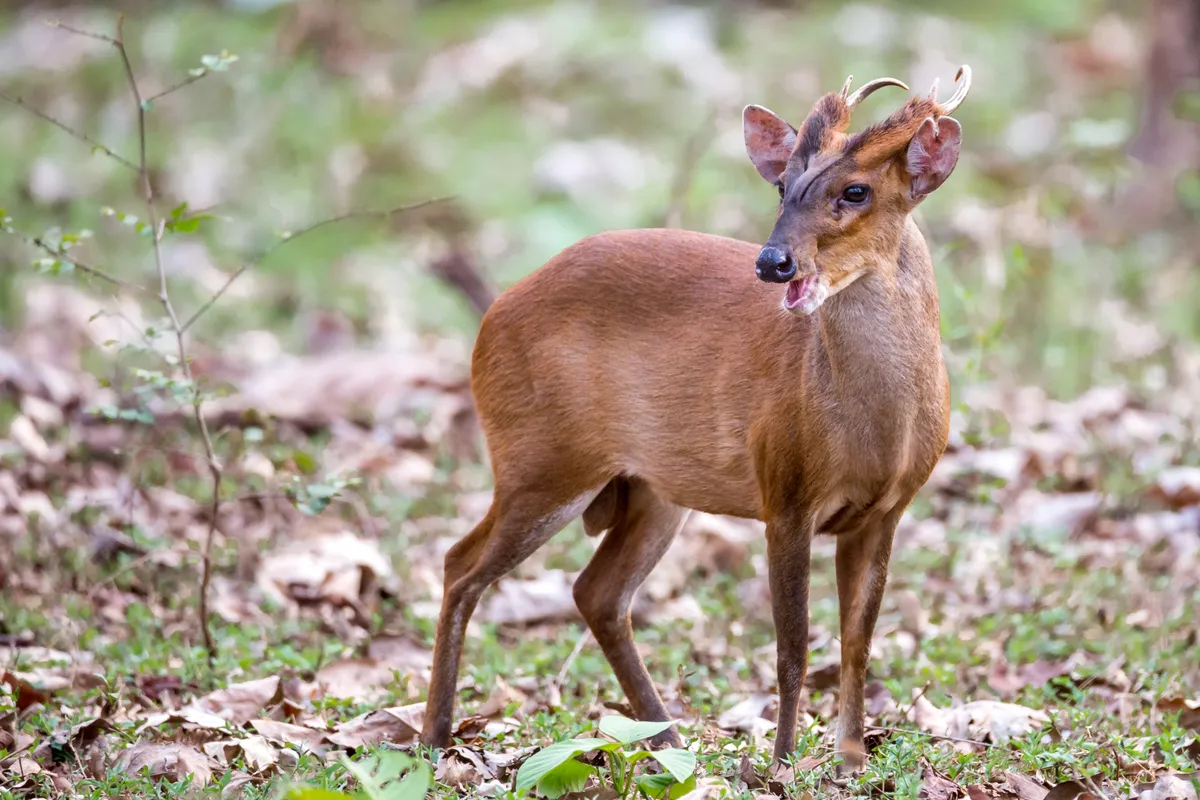
Roe deer
- Roe deer rut in July and August, when bucks are territorial.
- Oestrous does make soft, bird-like calls and entice bucks to chase them.
- Bucks chase does for a long time, making hoarse, rasping grunts.
- The chase often involves weaving round and round the same bushes, which makes conspicuous tracks in the grass.
- Eventually the pace reduces, the gap shortens and the buck mounts the doe.
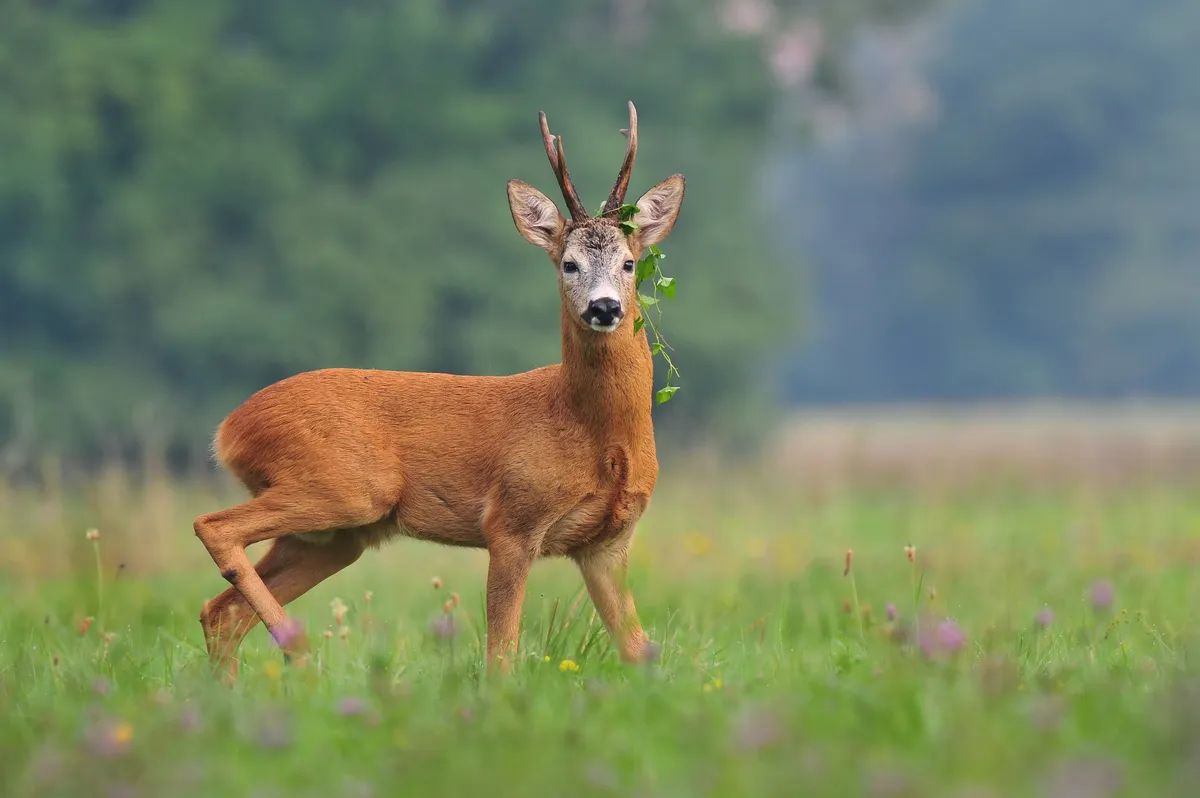
Sika deer
- Rutting stags make a characteristic high-pitched whistle, which is audible over large distances.
- Mature stags are often territorial, marking their stands by scoring trees with antlers and thrashing vegetation.
- Stags also pursue oestrous hinds and may form harems as red deer do.
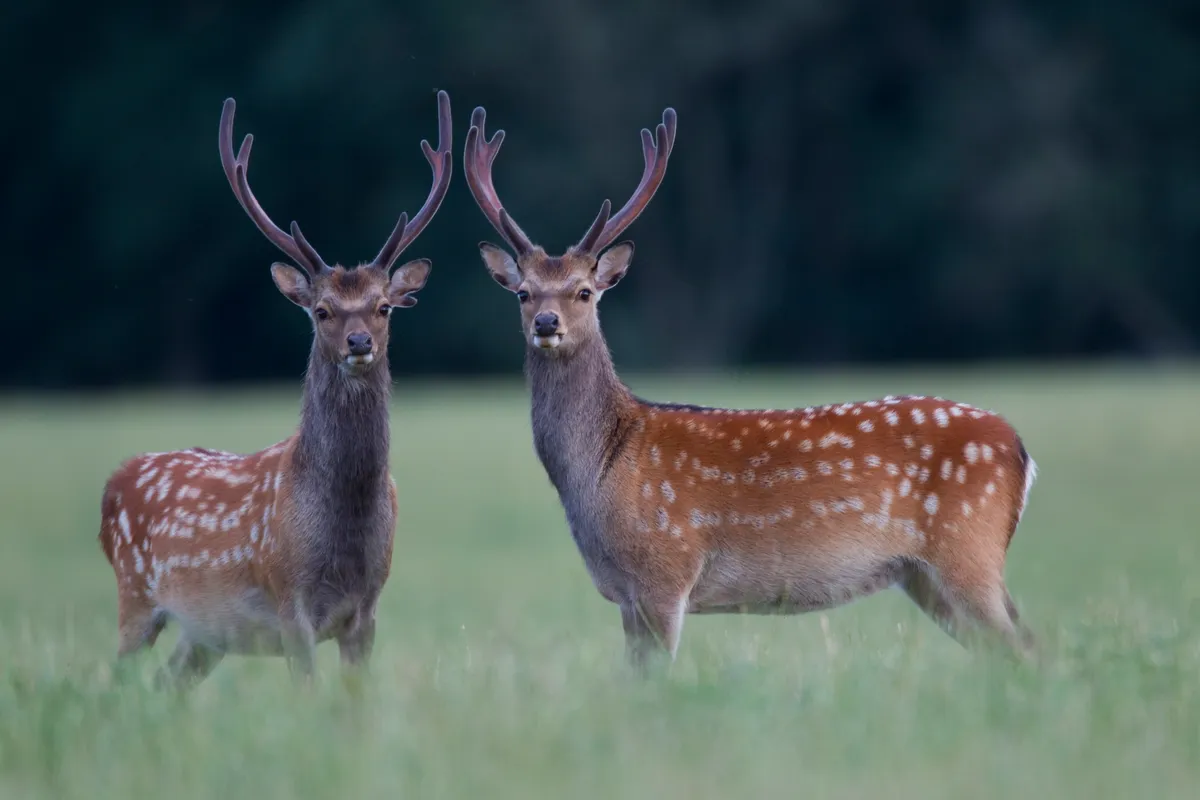
Chinese water deer
- Peak rutting time is November to January. The only species of deer that has several fawns – up to seven, but four is most frequent.
- Rival bucks approach each other with a stiff gait, followed by parallel walking. If one buck runs, the other pursues it making a clicking noise with his cheek teeth.
- The only male deer without antlers. Bucks fight by dancing round each other, trying to slash faces and ears with their large canine tusks.
- Bucks pursuing oestrous does make plaintive whistles.